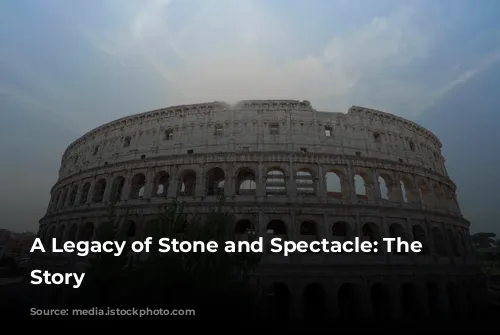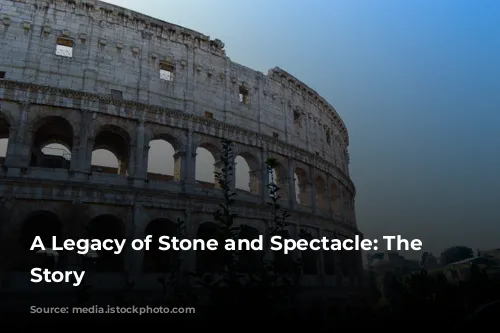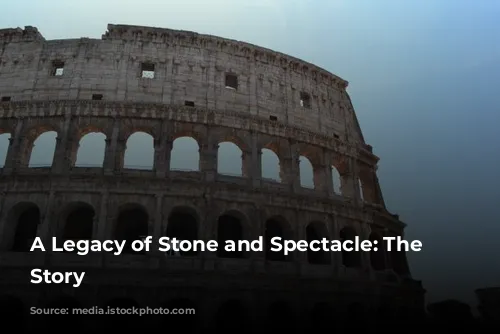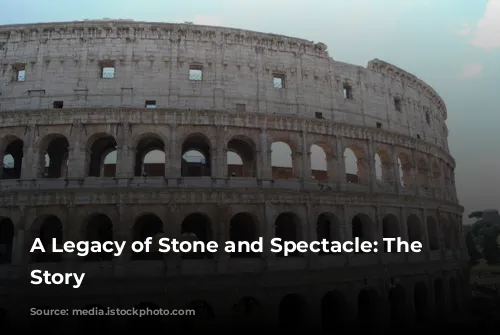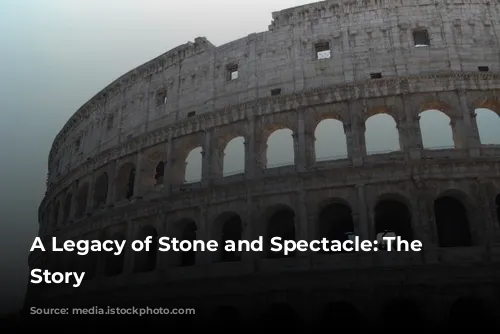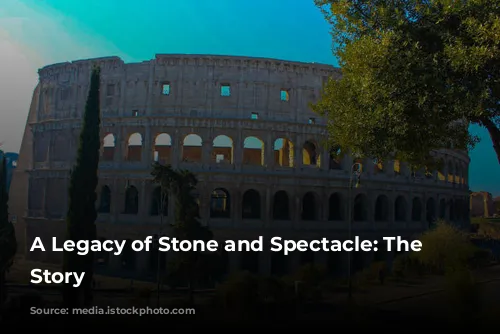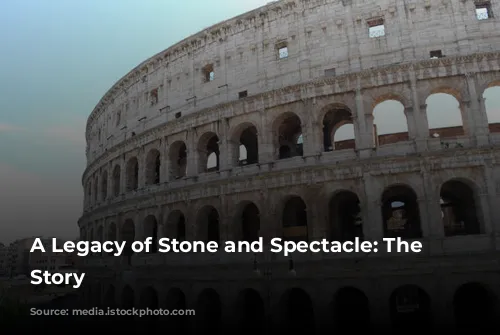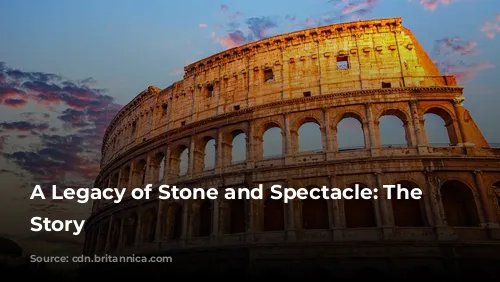The Colosseum, a towering symbol of ancient Rome’s architectural prowess, stands as a testament to the grandeur of the Roman Empire. This magnificent structure, one of the few remaining mostly intact from that era, continues to captivate visitors from around the world, drawing millions each year. Beyond its historical significance, the Colosseum serves as a major source of revenue for the Italian government, generating millions in tourism income annually. In 2018 alone, the Colosseum, alongside the Roman Forum and Palatine Hill, raked in over €53.8 million – the highest revenue of any tourist attraction in Italy.
From Arena to Fortress and Back
The Colosseum’s journey through time is a fascinating tapestry woven with both glory and decline. After the fall of the Western Roman Empire, the once-grand amphitheater fell into a state of disrepair. In the 12th century, powerful Roman families, the Frangipane and Annibaldi, transformed the arena into their stronghold, repurposing it as a fortress. The once-vibrant spectacle of gladiatorial combat was replaced by the echoes of medieval warfare. Later, in the late 15th century, Pope Alexander VI granted permission for the Colosseum to be stripped for its valuable materials, becoming a quarry for building projects.
A Monument to Power and Entertainment
Born out of a desire to revitalize Rome after a tumultuous period, the Colosseum emerged as a symbol of imperial power and a grand entertainment venue. Its construction was initiated by Emperor Vespasian in the year 70 CE, following the turbulent year of the four emperors. Like other amphitheatres, the Colosseum was intended to be a hub of public entertainment, hosting a variety of spectacles, including gladiatorial fights, animal hunts, and even mock naval battles. The arena was built using spoils from the sack of Jerusalem by Vespasian’s son, Titus, and constructed by enslaved Jews from Judaea. The Colosseum’s completion was marked by its dedication in 80 CE by Titus, followed by the addition of a fourth story by Emperor Domitian in 82 CE.
A Triumph of Architecture and Engineering
The Colosseum, also known as the Flavian Amphitheatre, is an impressive feat of Roman engineering. It is an elliptical structure crafted from stone, concrete, and volcanic tuff, rising four stories high. Measuring an impressive 620 by 513 feet (189 by 156 meters), the Colosseum had the capacity to accommodate a staggering 50,000 spectators. Its design and construction reflect the Romans’ mastery of architecture and engineering, creating a structure that has endured for centuries.
A Symbolic Transformation: From Private to Public
The Colosseum’s location itself holds symbolic significance. Built on the grounds of Nero’s Golden House, the Colosseum replaced the emperor’s private lake with a public amphitheater, a testament to Vespasian’s desire to replace tyranny with public access to entertainment. This symbolic shift reflects the shift in power from a single, tyrannical ruler to a more democratic system.

Engineering Marvels and Public Spectacle
The Colosseum’s architectural design is both impressive and ingenious. Unlike earlier amphitheatres, which were often built into hillsides for support, the Colosseum stands independently, supported by a complex system of barrel and groin vaults. Its facade boasts three stories encircled by arcades, adorned with engaged columns in the Doric, Ionic, and Corinthian orders – a unique combination that influenced Renaissance architecture. The Colosseum’s construction involved the use of travertine for the main structural framework and facade, volcanic tufa for the secondary walls, and concrete for the inner bowl and arcade vaults.

A Realm of Blood and Spectacle
The Colosseum was not just a marvel of architecture but also a stage for a variety of spectacles. The arena was equipped with a massive retractable awning, the velarium, which shielded spectators from the sun. The Colosseum hosted a multitude of events, from gladiatorial combat and contests between men and animals to elaborate mock naval battles, all watched by thousands of spectators. The arena’s legacy is intertwined with the Roman tradition of public spectacles, a blend of entertainment and political power. While there is debate about whether the Colosseum was the site of early Christian martyrdoms, the arena’s history remains inseparable from the bloody spectacle of gladiatorial combat.
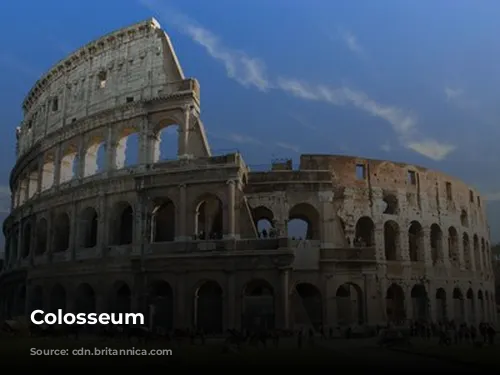
A Legacy of Enduring Power and Renewal
The Colosseum’s story is one of remarkable resilience, having weathered centuries of neglect, repurposing, and damage. Throughout the medieval period, the Colosseum served as a church and a fortress, before falling victim to vandalism and pollution. The marble seats and decorative materials were stripped away, leaving the structure a mere quarry for centuries. However, the Colosseum’s enduring power and historical significance eventually sparked efforts for its preservation. In the 19th century, notable restoration efforts began, and in the 1990s, a comprehensive restoration project was undertaken. Today, the Colosseum stands as a major tourist attraction, drawing millions of visitors annually and offering a glimpse into the grandeur and complexity of ancient Rome. It serves as a reminder of the enduring legacy of the Roman Empire, a monument to their architectural prowess, and a testament to the power of human ingenuity and cultural heritage.
